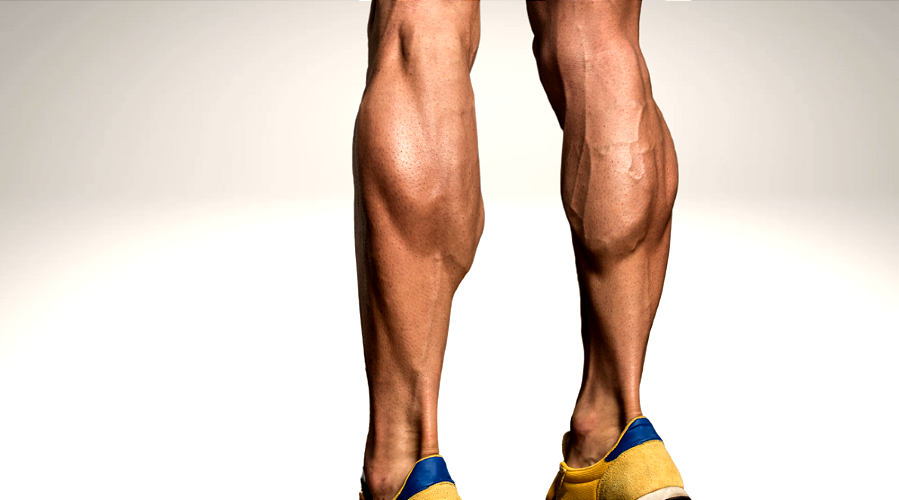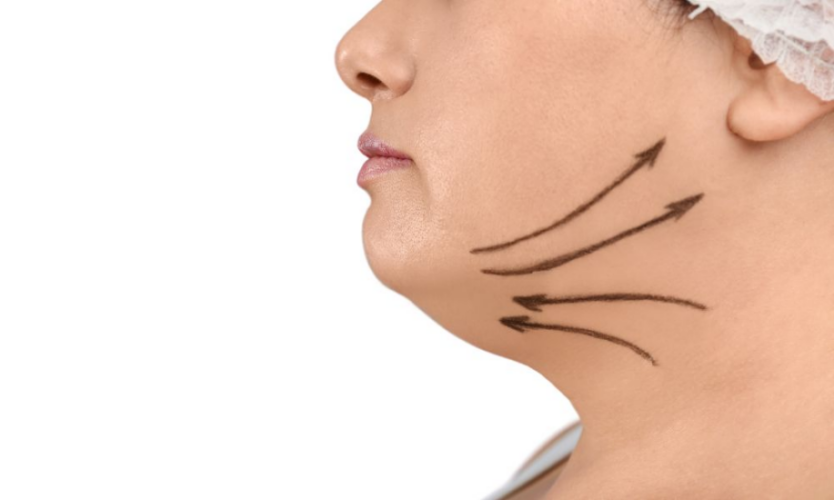Breast reduction also known as “reduction mammoplasty” is a procedure that involves the removal of excess skin, fat, and glandular tissues.
The amount of breast to be reduced depends upon factors like size, breast composition, and as per the specific requirement from an individual (mostly demand is to achieve one or two cup size small). Women after breast reduction feel as if a heavy load is taken off from her chest and regains her confidence and self-esteem.
Breast reduction can give relief to the individual from :
- long-standing back pain, shoulder pain, and neck pain,
- skin irritation and rashes on their chest,
- exercise difficulties,
- shoulder grooves from bra strap due to heavy breast
- limited clothing options.
Breast reduction procedures are better avoided if individuals have plans for childbirth. Although certain surgical techniques help to preserve the breastfeeding function, still sometimes it might be challenging after these procedures. Also better to postpone breast reduction surgery if you are continuing to reduce weight by diet regulations and exercises, as it might change breast proportions further.
Procedure
Breast reduction surgery is done under general anesthesia ( means the person will be sleeping during surgery)
The surgery involves :
- Removing from the breast the excess fat, glandular tissue, and skin
- Moving the nipple with its intact blood supply to a new position
- Reshaping the residual breast tissue
The duration of surgery is generally about 3-4 hours and needs an overnight hospital stay.
Techniques
1.Wise pattern/ Anchor shaped skin incision
2.Dome shaped skin incision
3.Free nipple graft – in case of very large breast
4.Liposuction
The procedure results in achieving symmetry of the breasts but there might be a need for some minor surgical correction for the variations in the size and shape to achieve a better outcome.
After surgery
Will have dressings over the breasts and tubes may be attached to them to drain blood out, the tubes are usually removed after a day or two.
Some pain is expected that can be relieved with painkillers. The breast will appear swollen initially following surgery that might last for few weeks to months and gets reduced subsequently to give the final appearance.
Individual should avoid rigorous exercise for about a month but otherwise can do light activities and move around.
During recovery
After breast reduction surgery it takes 2-6 weeks to achieve full recovery.
Avoid lifting heavy objects, strenuous exercise, and stretching for up to 6 weeks after the surgery.
Also, it is recommended to wear an elastic compression bra to protect breasts up to 3 months after breast surgery.
Stitches will need to be removed after a week or two, unless they’re dissolvable.
Depending upon the healing of wound the dressing needs to be done.
Immediately after surgery, nipples might feel numb. This feeling is temporary and recovers in few months.
Scars
The scars will be initially red, prominent, and eventually fade although not completely disappear.
Depending upon the skin incision the scar is present around the nipple, running down and along the mammary crease (in case of anchor type skin incision) and vertically down the nipple (in case of dome-shaped skin incision)
Risks and Complications
As with any major surgery, breast reduction has the same risks for bleeding, infection, and anesthesia-related risks.
But also can sometimes result in problems, including:
- Prominent scar
- Asymmetry of breast size, shape and position of the nipple, which may need correction later
- Delay in wound healing
- Loss of nipple sensation can be temporary
- Difficulty or inability to breastfeed
- Irregularity/ lumpiness due to fat necrosis
- Bruising/contusion
- Skin excess along incision site may need correction later
Consult board-certified plastic surgeon to know more about breast reduction surgery, understand the probable risks and complications, and set realistic expectations.







